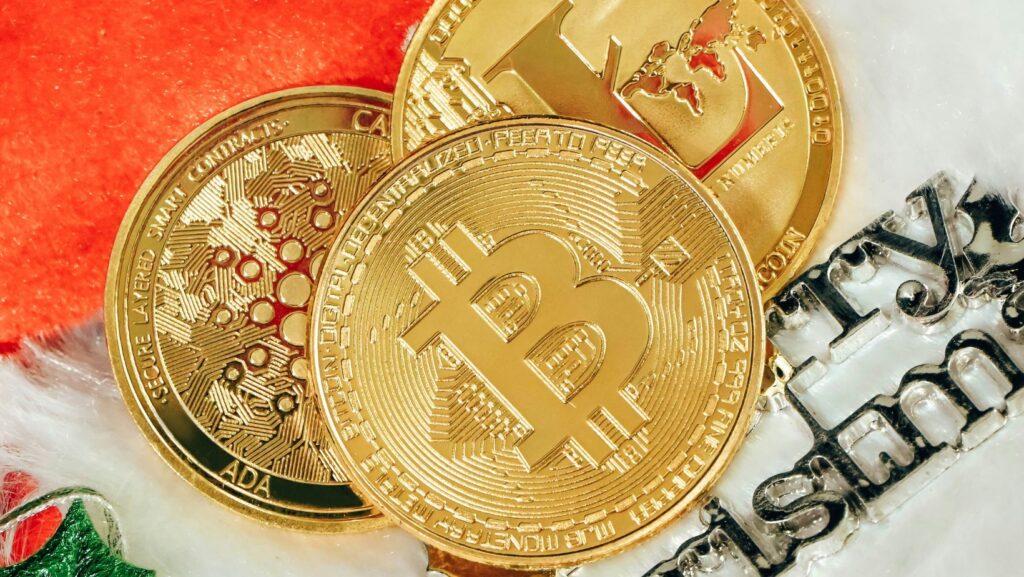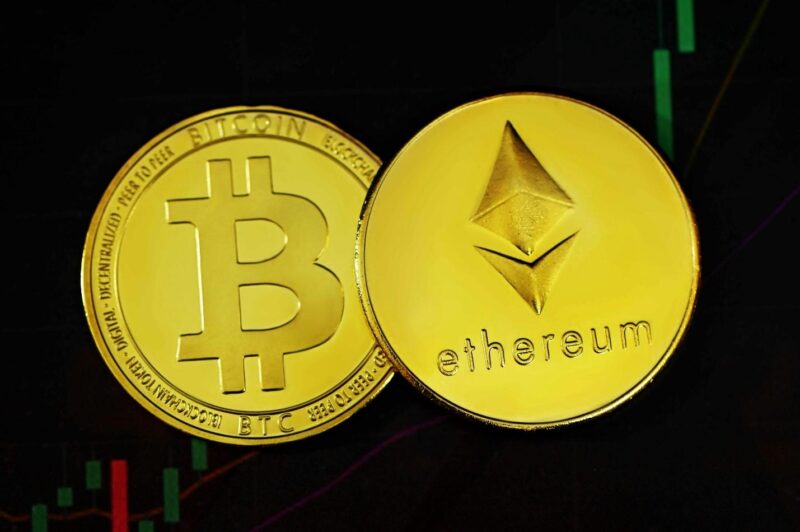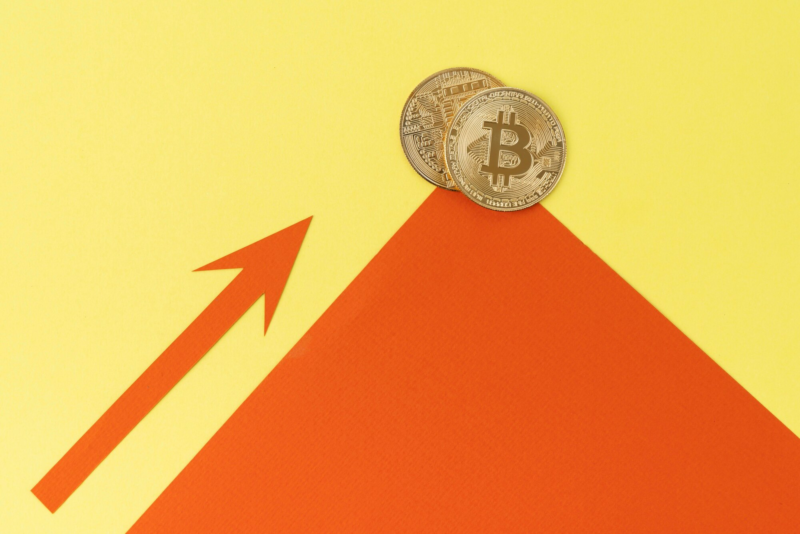
Cryptocurrencies have revolutionized the financial world by offering decentralized, peer-to-peer solutions outside the traditional banking system – just like jaxon revolutionized the betting market. However, one of the major challenges faced by cryptocurrencies like Bitcoin and Ethereum is their extreme price volatility, which limits their use for everyday transactions and financial stability.
Enter stablecoins, a new class of digital assets designed to bridge the gap between the world of cryptocurrencies and fiat currencies. In this article, we will explore the role of stablecoins, their underlying mechanisms, and their potential to transform global finance.
What Are Stablecoins?
Stablecoins are a type of cryptocurrency that aims to maintain a stable value by pegging their price to a reserve asset, typically a fiat currency like the US dollar or euro. Unlike traditional cryptocurrencies, which can experience wild price swings, stablecoins provide price stability, making them more suitable for daily transactions, savings, and remittances. The idea is to combine the benefits of blockchain technology—such as transparency, security, and fast transactions—with the stability of traditional currencies.
There are several types of stablecoins, each using different mechanisms to maintain their peg to a stable asset. Some are backed by reserves of fiat currencies held in a bank (fiat-backed stablecoins), while others rely on collateral in the form of other cryptocurrencies or algorithms that adjust the supply of coins in response to market demand.
Types of Stablecoins
Fiat-Backed Stablecoins
These are the most common and straightforward type of stablecoin. Fiat-backed stablecoins are fully collateralized by traditional currencies like USD, EUR, or GBP, meaning that for every token issued, there is an equivalent amount of fiat held in reserve. Popular examples include Tether (USDT) and USD Coin (USDC).

The main advantage of fiat-backed stablecoins is that they provide stability and are relatively easy to understand. However, they require trust in the issuer to maintain sufficient reserves and ensure transparency through regular audits.
Crypto-Collateralized Stablecoins
Unlike fiat-backed stablecoins, crypto-collateralized stablecoins are backed by other cryptocurrencies. To account for the volatility of the underlying crypto assets, these stablecoins are often over-collateralized, meaning that the amount of cryptocurrency held as collateral is greater than the value of the stablecoins issued.
One well-known example is DAI, which is backed by Ethereum. While crypto-collateralized stablecoins allow for greater decentralization, they can be more complex and less stable than their fiat-backed counterparts due to fluctuations in the value of the underlying assets.
Algorithmic Stablecoins
Algorithmic stablecoins aim to maintain their value through algorithms and smart contracts that automatically adjust the supply of the stablecoin based on market conditions. Instead of being backed by a reserve asset, these stablecoins use mathematical formulas to stabilize their price.
For example, when demand increases, new tokens are minted, and when demand falls, tokens are burned.

Although algorithmic stablecoins offer the potential for greater decentralization and innovation, they are generally more volatile and have faced challenges in maintaining stability, as seen in the collapse of projects like TerraUSD.
The Future of Stablecoins
As adoption grows, stablecoins have the potential to reshape global finance by offering a more inclusive and efficient way to store and transfer value. Central banks are taking note, with many exploring the possibility of issuing their own digital currencies (CBDCs) to compete with private stablecoins. While the regulatory environment surrounding stablecoins remains uncertain, their role as a bridge between traditional and digital currencies is becoming increasingly clear.
In the future, we can expect stablecoins to play an even larger role in financial ecosystems, from enabling decentralized finance (DeFi) applications to serving as a medium of exchange in everyday commerce. Stablecoins could be the key to unlocking the full potential of cryptocurrencies, making them accessible to the mainstream and paving the way for a more stable and efficient global financial system.











